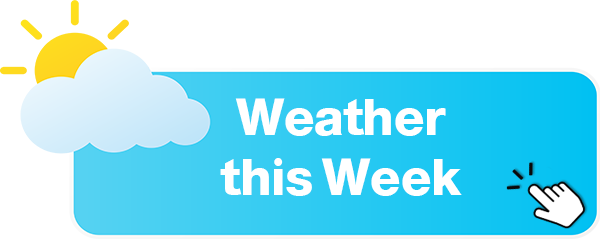The United States is embarking on a significant transition to address rising electricity demand and reduce carbon emissions. With the goal of tripling its nuclear power capacity by 2050, coal communities across the country could play a pivotal role in this ambitious plan.
The Current Landscape
The U.S. currently operates the largest nuclear fleet globally, with 94 reactors providing about 100 gigawatts of power, which accounted for over 18% of the nation’s electricity in 2023. However, to meet future demands and environmental goals, the Department of Energy (DOE) asserts that the country needs an additional 200 gigawatts of nuclear power—equivalent to constructing 200 new reactors.
Leveraging Coal Communities
Many shuttered coal plants offer a strategic advantage for new nuclear development. These sites already have established transmission lines, which can significantly reduce costs and streamline the process of building new reactors. A recent DOE study highlighted that up to 174 gigawatts of nuclear power could potentially be added across 36 states by utilizing these coal sites.
Economic and Environmental Benefits
Building reactors on former coal sites could yield a 30% cost reduction compared to new, undeveloped locations. Additionally, these sites have a workforce experienced in the energy sector, facilitating a smoother transition to nuclear operations.
Challenges and Opportunities
Despite the potential, significant challenges remain. The expansion of nuclear power, as seen in projects like the Vogtle plant in Georgia, often faces cost overruns and delays. However, with the support of financial institutions and favorable policies, such as those in the Inflation Reduction Act, nuclear energy is gaining recognition for its carbon-free benefits.
Moving Forward
The U.S. is also exploring advanced, smaller reactors, which could further enhance capacity and flexibility. As demand from sectors like data centers grows, the need for reliable, clean energy sources becomes even more critical.
While restarting existing reactors, such as the Three Mile Island plant, is part of the strategy, the focus remains on deploying new plants to meet the nation’s goals. The transition from coal to nuclear not only supports environmental objectives but also revitalizes communities historically dependent on coal, providing a sustainable path forward.











